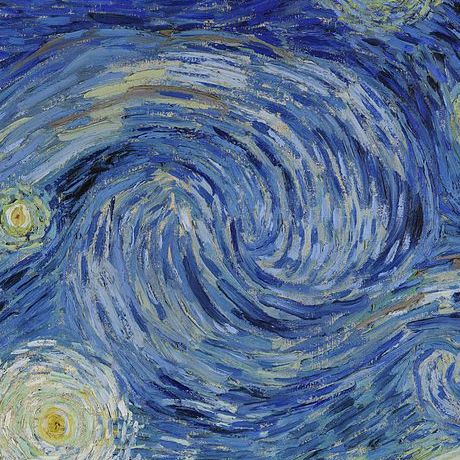How does the surface structure change the wetting status?
The wetting behavior is often seen in the environment, and some creatures are able to avoid it. A famous example is the lotus leaf, where droplets do not wet the surface when raining. How is wetting works in nature? Can we utilize it wisely?
Ref: Wetting and roughness - Quere - 2008 - Annual review
- Fig 1: Contact angle and the force balance.
- Fig 2: The contact line pinning at a single defect of the material.
- Fig 3: Wenzel model.
- Fig 4: Superhyperphobic materials in nature.
- Fig 5: Hemiwicking behavior, the propagation of liquid surface.
- Fig 6: Cassie state.
- Fig 7: An example of Cassie state. Mocrovelia is standing on liquid surface without contact.
- Fig 8: Artificial hydrophobic surface made out of micropillars.
- Fig 9: Comparison of Cassie state and Wenzel state.
- Fig 10: Culex pipiens contacting vapour. The antennas is wetting but the eyes are hydrophobic.
What is Science on Tap?
An online symposium to share popular science with the broader range other than existing researchers. They were held weekly during 2021, and provided multiple topics from social science, biology, mechanical engineering, etc, mainly in Chinese. Xinyi serves as an active speaker, and she usually uses multiple sources to explain the topic. No recordings are available. These figures were used only for educational purposes.

